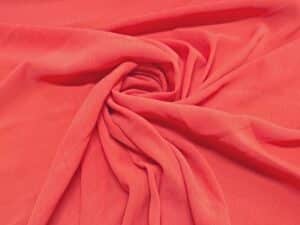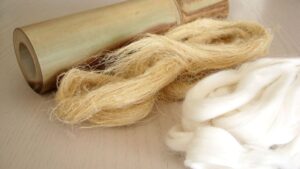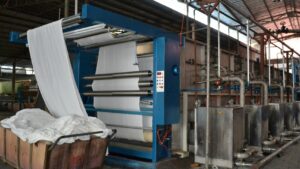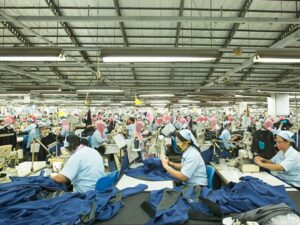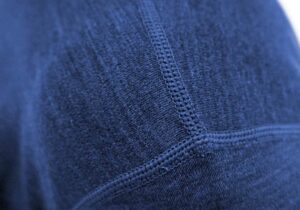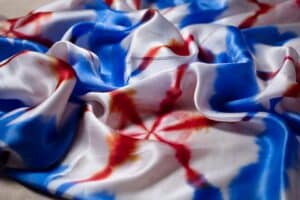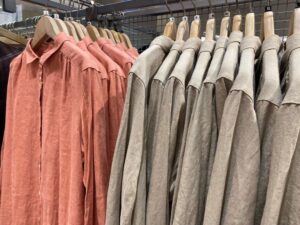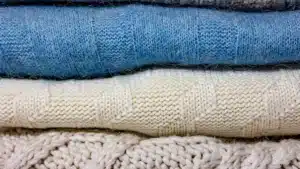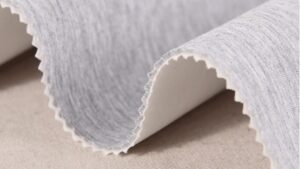Synthetic fabrics for outdoor clothing have revolutionized the industry by incorporating valuable features. These man-made materials are specifically designed to withstand harsh outdoor conditions. You can find synthetic fabrics for outdoor clothing in jackets, hiking pants, and sportswear. They are durable, waterproof, wick away sweat, and dry quickly.

The demand for synthetic fabrics for outdoor clothing continues to rise. In North America, over half of adults engage in outdoor activities each year, which boosts the need for strong and functional clothing. In Southeast Asia, sales of UV-protective sportswear made from synthetic fabrics grow by 15% annually. This trend highlights the increasing popularity of synthetic fabrics for outdoor clothing.
Key Takeaways
-
Synthetic fabrics like polyester and nylon are strong and light. They pull sweat away and dry fast, keeping you comfy.
-
Picking the right synthetic fabric can make outdoor fun better. For example, polyester handles sweat well.
-
Taking care of synthetic fabrics helps them last longer. Wash with cold water, skip high heat, and store in a cool, dry spot.
-
Think about how synthetic fabrics affect the planet. Choose recycled ones and wash in ways that cut down microplastic waste.
-
Synthetic fabrics often cost less than natural ones. They are tough and work well, making them great for many outdoor activities.
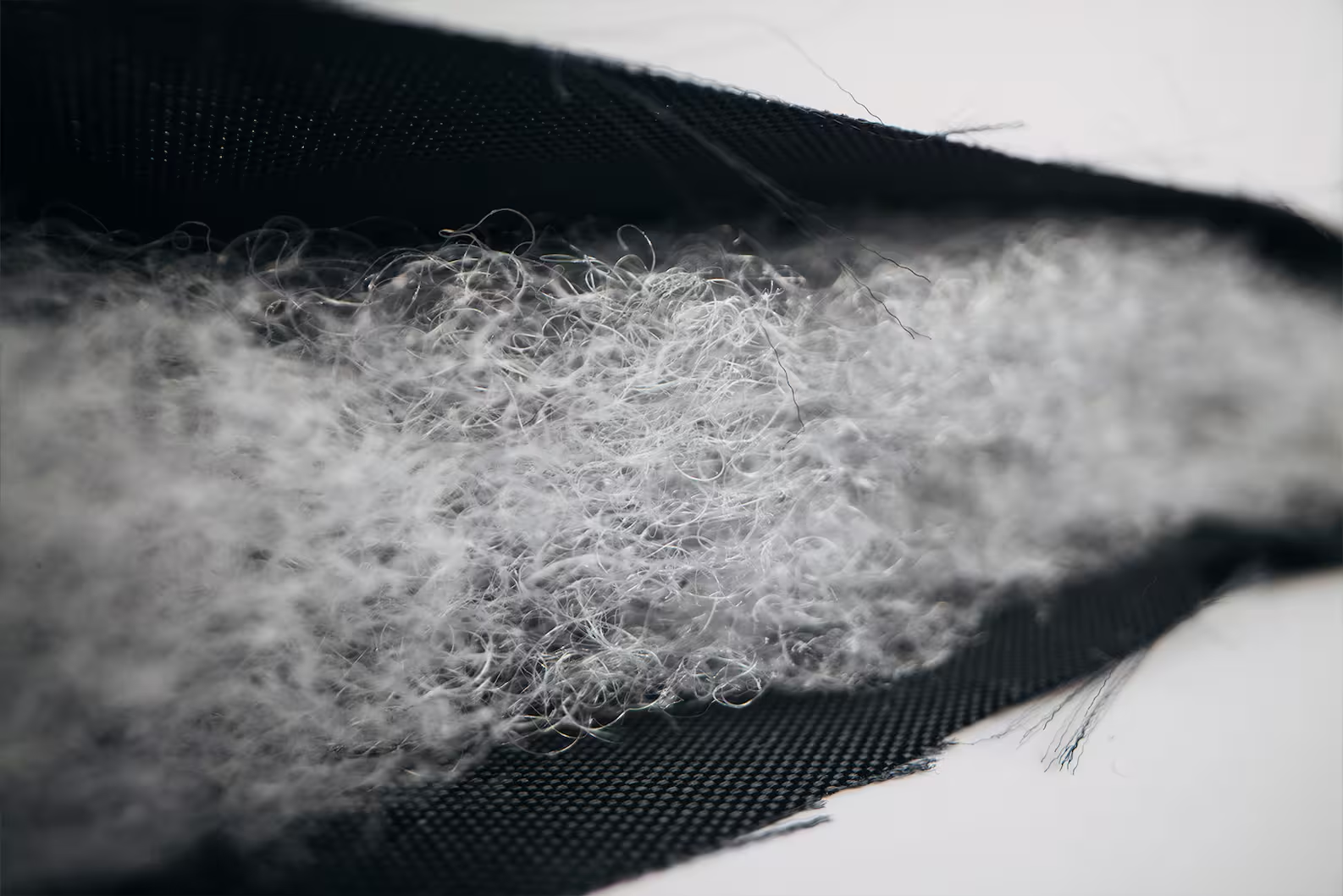
What Are Synthetic Fabrics?
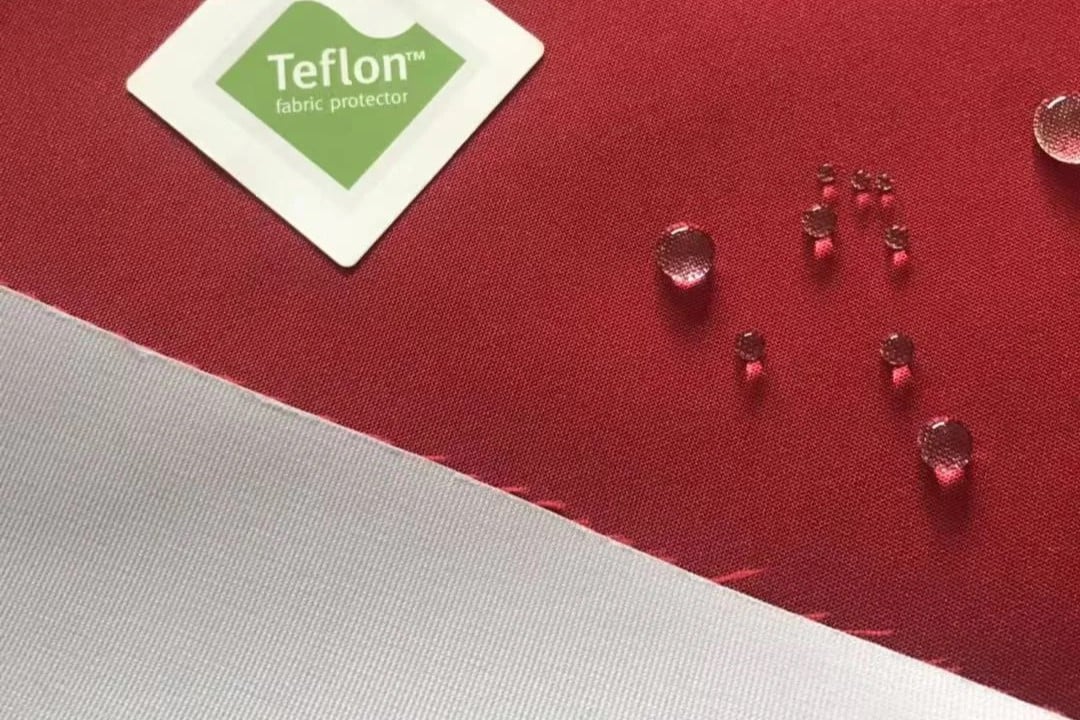
Definition of Synthetic Fabrics
Synthetic fabrics are man-made materials made using chemicals. Unlike natural fibers like cotton or wool, they are created to have special features. These fabrics are strong, light, and can handle tough weather. Examples include polyester, nylon, and spandex. Many outdoor clothes use synthetic fabrics because they work well in rough conditions.
These materials are great for outdoor gear since they don’t wrinkle or grow mildew. They also last longer and keep their bright colors better than natural fibers. This makes them perfect for hiking, camping, and running.
How Synthetic Fabrics Are Made
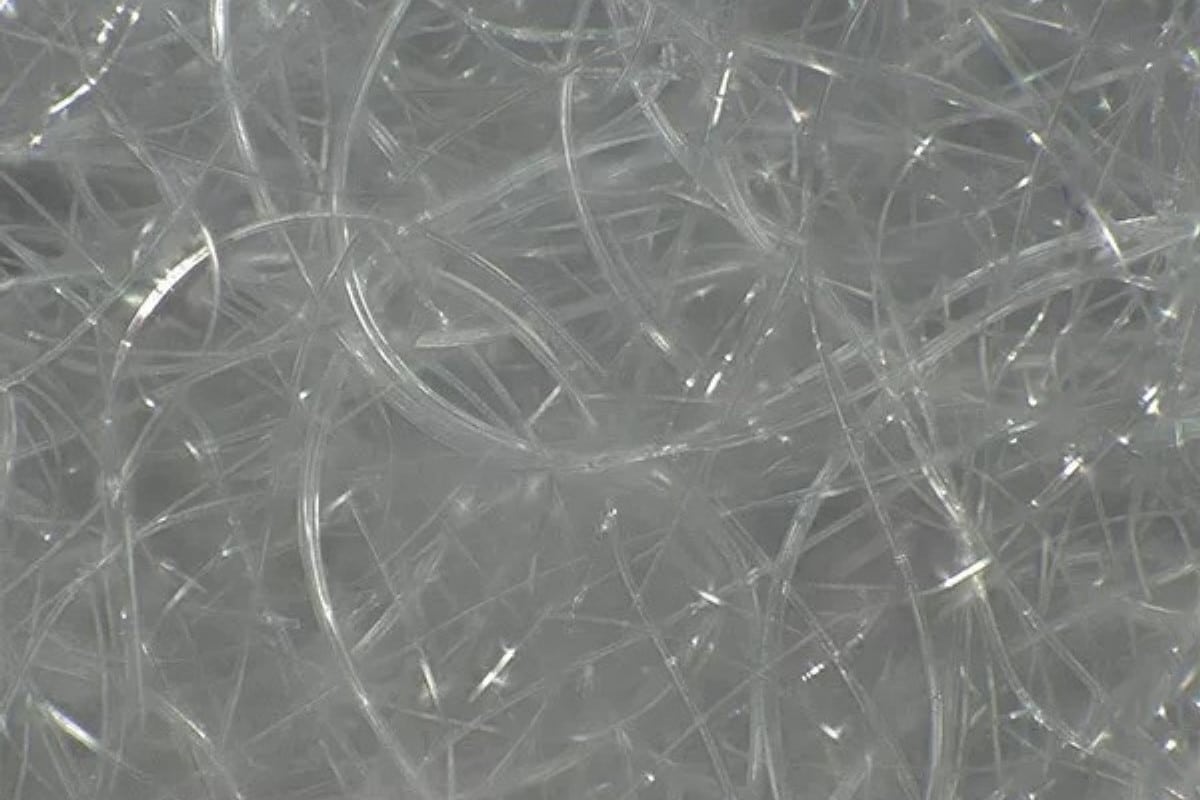
Ever wonder how synthetic fabrics are made? Here’s the process:
-
Polymerization: Chemicals are processed to create polymers.
-
Extrusion: Polymers are melted and shaped into thin fibers.
-
Cooling and Solidification: Fibers are cooled to make them strong and textured.
-
Spinning and Weaving: Fibers are turned into yarns or woven into fabric.
-
Finishing: Fabrics are treated with dyes or waterproof coatings for better use.
This method helps make high-quality synthetic fabrics for specific needs. For instance, Gore-Tex is used in jackets because it blocks wind and repels water.
Why Synthetic Fabrics Are Essential for Outdoor Gear
Synthetic fabrics are important for outdoor clothing because they improve comfort and performance. They are strong, light, and wick away sweat. They also dry fast, keeping you comfortable during activities.
Studies show that fabrics like Gore-Tex and eVent are great at resisting weather. They keep water out and block wind, making them ideal for outdoor fun. Plus, synthetic fabrics cost less than natural ones, so more people can afford them.
When buying outdoor gear, over 65% of people look for durability. Synthetic fabrics meet this need by lasting longer than natural fibers. They are also lightweight, making them easy to carry on long trips.
Types of Synthetic Fabrics for Outdoor Clothing
Polyester: Features and Uses in Activewear
- Lightweight and durable.
- Moisture-wicking and quick-drying.
- Often blended with spandex for stretch.
Polyester is a common synthetic fabric for outdoor clothing. It is light, strong, and doesn’t shrink or stretch. Polyester is great for activewear because it pulls sweat away from your skin. This keeps you dry during sports like running or hiking.
Polyester dries fast, which is helpful for outdoor trips with rain or sweat. Its tiny fibers help block water but still let air through. Also, polyester keeps its bright colors even after many washes. This makes it a dependable choice for long-lasting outdoor clothes.
Tip: Choose polyester blends with UV protection or anti-odor features for better performance.
Nylon: Toughness and Flexibility for Outdoor Gear
- Superior abrasion resistance.
- Water-resistant and strong.
- Ideal for jackets and hiking pants.
Nylon is known for being strong and flexible. It stretches naturally and doesn’t wrinkle, making it great for tough outdoor clothing. Nylon also wicks away sweat, keeping you comfy during activities like biking or running. Its water resistance makes it perfect for jackets, tents, and sleeping bags.
Nylon lasts a long time and handles frequent washing well. Studies show nylon works great under pressure, making it ideal for heavy-duty gear. However, its strength can change based on how it’s tested, like the speed of applied force.
Note: Nylon is perfect for outdoor enthusiasts needing gear for tough conditions.
Spandex: Stretch and Comfort in Outdoor Wear
- Provides stretch and flexibility.
- Commonly used in base layers and activewear.
Spandex is the best fabric for stretch and comfort. It can stretch up to five times its size without losing shape. This makes it perfect for leggings, sports bras, and compression shorts.
Clothes with spandex allow free movement, which is great for yoga, climbing, or running. New technology has made spandex stronger, so it lasts longer even with frequent use.
Tip: Pick clothes with spandex blends if you want comfort and easy movement during activities.
Acrylic: Lightweight and Warm Features
Acrylic is a synthetic fabric that feels soft and light. It is often used instead of wool for outdoor clothing like sweaters, gloves, and hats. Acrylic keeps you warm and repels water, helping you stay dry in light rain.
But acrylic isn’t as warm as wool. It’s not the best for very cold weather. Acrylic also doesn’t breathe well, which can make you sweaty during hard activities. Still, it’s easy to pack and carry because it’s so lightweight. This makes it great for hiking or camping trips.
If you want cheap and light outdoor clothes, acrylic is a good choice. It’s great for layering in mild weather or as a backup outfit.
Polypropylene: Special Fabric for Outdoor Gear
- Hydrophobic, keeping moisture away from the skin.
- Excellent for base layers in cold conditions.
Polypropylene fabric is strong, light, and comfortable. Use polypropylene for warmth.
Tip: Wear polypropylene underlayers with waterproof jackets for the best comfort and protection outdoors.
Advantages of Synthetic Fabrics for Outdoor Clothing
Strong and Long-Lasting
Synthetic fabrics are made to be tough and durable. They are perfect for outdoor gear that faces rough use. Fabrics like nylon and polyester don’t stretch, shrink, or tear easily. Nylon is strong and flexible, while polyester keeps its shape even after many uses.
Some synthetic fabrics, like Kevlar and Cordura, are built for extreme conditions. These are used in protective clothing and military gear. Ripstop fabrics are another strong option. They stop small tears from getting bigger, keeping your gear in good shape during tough adventures.
Fun Fact: Tests show synthetic fabrics resist damage better than natural fibers. This makes them a great choice for long-lasting outdoor clothes.
Keeps You Dry and Comfortable
Synthetic fabrics are great at pulling sweat away from your skin. This keeps you dry and comfy during outdoor activities. Polyester and nylon are especially good at this, making them popular for activewear. Quick-drying clothes are important for people who deal with changing weather or hard exercise.
Tip: Pick outdoor clothes with moisture-wicking fabrics to stay dry and comfy on your adventures.
Light and Easy to Carry
Synthetic fabrics are lightweight, which makes them great for outdoor clothes. Polyester and nylon weigh less than natural fabrics, so you can pack more without extra weight. This is helpful for hikers and travelers carrying gear over long distances.
Even though they are light, synthetic fabrics are still strong and breathable. They are easy to fold and store, saving space in your bag.
Pro Tip: Use synthetic fabrics for outdoor clothes when you need light, strong, and packable options for your trips.
Weather resistance and adaptability to outdoor conditions
Synthetic fabrics are great at handling tough weather. They protect you from rain, wind, and UV rays. This keeps you comfortable when the weather changes. Polyester is a popular synthetic fabric for this purpose. Its fibers block water, so you stay dry in light rain. It also keeps its shape and doesn’t stretch or shrink, even in harsh conditions.
These fabrics also pull sweat away from your skin. This feature helps you stay dry and comfy during activities like hiking or running. Moisture-wicking fabrics, such as polyester, stop sweat from soaking your clothes. This prevents discomfort or chills when it’s cooler outside.
Synthetic fabrics work well in different temperatures too. Polyester and nylon trap heat when layered, keeping you warm in cold weather. They are also lightweight and breathable, so you don’t overheat in warm weather. This makes them useful for all seasons.
Wind resistance is another advantage of synthetic fabrics. Materials like Gore-Tex block strong winds but still let sweat escape. This keeps you protected without feeling sticky. Many synthetic fabrics also have special coatings to resist water and stains. This makes them even better for outdoor use.
When picking outdoor clothing, think about synthetic fabrics. They wick sweat, block wind, and handle temperature changes. These features keep you comfortable and safe in any weather.
Disadvantages of Synthetic Fabrics for Outdoor Clothing
Some Fabrics Don’t Breathe Well
Certain synthetic fabrics don’t let air pass easily. This is common in water-resistant materials like nylon and polyester. These fabrics can trap heat and sweat, making you feel hot. They have a low Moisture Vapor Transmission Rate(MVTR), which shows how well moisture escapes.
-
High MVTR means better airflow, great for activewear.
-
Low MVTR means less airflow, common in water-resistant clothes.
In hot or humid weather, this can make you sweat more. Pick fabrics with higher MVTR to stay cool and comfy during outdoor activities.
Bad Smells Stay in the Fabric
Synthetic fabrics often hold onto bad smells after use. Sweat and bacteria get trapped in the fibers, causing odors. Nylon, for example, absorbs sweat and smells more than natural fabrics.
Even washing may not fully remove the smell because bacteria stay inside the fibers. This can be annoying for people using their gear for days. To fix this, choose fabrics with anti-odor treatments or wash with special detergents made for synthetics.
Harmful to the Environment
Synthetic fabrics are made from plastics that don’t break down easily. Washing them releases tiny plastic pieces, called microplastics, into the water.
-
One wash can release thousands of microplastic fibers.
-
A single synthetic garment can shed over 1,900 particles per wash.
These microplastics pollute oceans and harm sea life. Choosing recycled or eco-friendly synthetic fabrics can help protect the environment while enjoying outdoor gear.
Sensitivity to heat and abrasion
Synthetic fabrics are strong but can be hurt by heat and rubbing. Knowing these weaknesses helps you take care of your outdoor clothes.
Heat can harm fibers like polyester, nylon, and spandex. These materials are made from plastic, which melts or changes shape in high heat. For instance, ironing them on high heat can shrink or ruin the fabric. Drying them in a hot dryer can also weaken the fibers. Always read the care label and use low heat when washing or drying.
Rubbing is another problem for synthetic fabrics. Hiking or climbing can scrape your clothes on rough surfaces. This can cause small tears, fuzziness, or worn spots. Nylon is better at handling rubbing, so it’s good for tough outdoor gear. But lighter fabrics like spandex or polyester blends may wear out faster in areas like knees or under backpack straps.
Tip: Pick clothes with extra layers in spots that wear out fast. Pants with double-layered knees or jackets with strong patches last longer during hard activities.
Protect your clothes by keeping them away from sharp or rough things. When packing, fold your clothes neatly to avoid rubbing. These steps help your synthetic fabrics stay in good shape after many uses.
Knowing how heat and rubbing affect synthetic fabrics helps you make better choices. Taking care of your clothes keeps them useful and ready for all your adventures.
Environmental Impact of Synthetic Fabrics
Resource-heavy production methods
Producing synthetic fabrics uses a lot of resources and harms nature.
Synthetic fabrics also create waste that lasts a long time. They take hundreds of years to break down, filling landfills and harming nature. According to the UN Framework Convention on Climate Change, emissions from producing textiles could rise by 60% by 2030. This makes it even more important to find eco-friendly solutions.
Microplastic pollution and its harm to nature
Synthetic fabrics like polyester, acrylic, and nylon shed tiny plastics when washed. One wash can release up to 700,000 microplastic fibers. These fibers enter rivers and oceans, hurting fish and other animals. Over time, these plastics build up in the food chain, which can harm both animals and people.
Microfiber fleeces, often used in outdoor jackets, are a big source of this problem. Even recycled plastic fabrics add to the issue. To fix this, we need better washing machines and fabrics that shed fewer fibers.
Recycling and eco-friendly choices
Recycling synthetic fabrics helps cut waste and pollution. Recycled fibers like polyester and nylon reduce the need for new materials. For example, a t-shirt made from 50% GRS-certified recycled polyester creates 47.7% less greenhouse gas than a regular poly-cotton shirt.
By picking outdoor gear made from recycled materials, you can help the planet. New options, like bio-based synthetics, also aim to protect nature.
Innovations in eco-friendly synthetic fabrics
The textile industry is working hard to make greener synthetic fabrics. These new ideas help the planet while keeping outdoor clothing useful.
1. Bio-based synthetic fabrics
Scientists now create synthetic fabrics from renewable sources. They use materials like corn, sugarcane, or castor oil instead of petroleum. Bio-nylon and bio-polyester are just as strong and moisture-wicking as regular ones. Choosing bio-based fabrics helps support renewable resources and reduces pollution.
2. Advanced recycling technologies
Recycling is changing how synthetic fabrics are made. Companies turn old clothing and plastic waste into new fibers. Chemical recycling breaks materials into basic parts, so they can be reused without losing quality. Brands like Patagonia and Adidas use recycled polyester to save resources and cut waste.
3. Low-impact dyeing and finishing
Traditional dyeing uses too much water and energy. New methods, like waterless dyeing and digital printing, use fewer resources. These techniques are better for the planet and still create bright colors. Some companies even use algae-based dyes, which are safe and biodegradable.
4. Fabrics designed to shed fewer microplastics
Microplastic pollution is a big problem. New fabrics are made to shed fewer fibers when washed. This innovation shows how technology can make synthetic fabrics eco-friendly. By picking this option, you help protect the environment for the future.
How to Care for Synthetic Fabrics in Outdoor Clothing
Proper Washing and Drying Techniques
Caring for synthetic fabrics starts with washing them the right way. Always check the care labels on your clothes. These labels tell you how to wash and dry them safely. Use cold water and a gentle cycle to keep the fabric strong. Wash synthetic fabrics separately from natural ones to avoid damage.
If you get stains, clean them quickly to stop them from setting. Don’t use fabric softeners because they can block moisture-wicking features. Air-dry your clothes when you can. If you need to use a dryer, pick a low heat setting to avoid shrinking. Make sure your clothes are fully dry before putting them away.
Tip: Reapply DWR (Durable Water Repellent) coatings on waterproof gear to keep it water-resistant.
Preventing Damage from Heat and Abrasion
Synthetic fabrics can get damaged by heat and rubbing. Wash them in cold water to save energy and keep colors bright. Use a gentle cycle to avoid wearing out the fabric. Don’t iron or use high heat in the dryer, as it can melt the fibers. If you must use a dryer, stick to low or medium heat.
Rubbing against rough surfaces can also harm synthetic fabrics. Activities like hiking can cause tears or fuzziness. Choose clothes with extra layers in areas like knees or elbows for more strength. Hang your clothes right after drying to keep their shape.
Best Practices for Storing Synthetic Outdoor Clothing
Storing your synthetic clothes the right way helps them last longer. Fold jackets and fleece layers to stop them from stretching. Lay down-filled items flat to keep their fluffiness. Hang waterproof jackets to keep their shape. Always store your clothes in a cool, dry place to avoid moisture that can cause mold.
Use breathable bags or containers to protect your clothes. Make sure everything is completely dry before storing to prevent mildew. For long-term storage, add silica gel packets to absorb extra moisture. These steps help your clothes stay in good condition for a long time.
Tips for making synthetic fabrics last longer
Taking care of your synthetic outdoor clothes helps them last longer. Follow these simple tips to keep your gear in good shape:
-
Wash Less Often
Washing too much can weaken the fabric. Instead, clean small stains or smells by hand. This helps avoid damage from washing machines. -
Use Mild Detergents
Strong detergents can ruin special coatings like water repellents. Pick gentle, eco-friendly soaps made for synthetic fabrics. These keep the fabric’s sweat-wicking and weatherproof features. -
Avoid High Heat
Heat can harm synthetic fibers. Wash with cold water and dry on low heat. Don’t iron your clothes. To remove wrinkles, use a steamer or hang them in a steamy bathroom. -
Store Carefully
Fold or hang your clothes properly to keep their shape. Store them in a cool, dry spot to prevent mold. Use breathable bags for long-term storage. -
Fix Small Problems Quickly
Repair small rips or loose threads before they get worse. Use fabric patches or sewing kits to fix damaged areas. This keeps your gear useful and stops further harm.
Tip: Add waterproof sprays to jackets and pants each season to keep them water-resistant.
These steps help your synthetic clothes stay strong and ready for adventures. Taking care of them saves money and reduces waste by making them last longer.
Synthetic fabrics are important for outdoor clothes. They are strong, keep sweat away, and protect against weather. Fabrics like polyester and nylon are light, dry fast, and affordable.
But they can harm the environment. Most synthetic fabrics come from fossil fuels and create microplastic pollution. For example:
-
Polyester makes more CO2 than cotton but uses less water.
-
Recycling polyester saves energy but still sheds microplastics in the wash.
When picking outdoor gear, think about your needs and the planet. Choosing wisely helps you stay prepared while caring for nature.
FAQ
Why are synthetic fabrics better than natural ones for outdoor gear?
Synthetic fabrics are tough, wick sweat, and dry fast. They don’t wear out easily, making them great for outdoor use. Unlike natural fibers, they keep their shape and color after many uses. These features make them dependable for outdoor clothing.
How do I pick the best synthetic fabric for my activity?
Think about what you need for your activity. Polyester is good for hiking because it wicks sweat. Nylon is strong, so it’s great for climbing. Spandex stretches well, making it perfect for yoga or running. Gore-Tex is ideal for waterproof and windproof gear. Choose fabrics that match your activity for the best results.
Can synthetic fabrics handle tough weather?
Yes, many synthetic fabrics work well in bad weather. Gore-Tex keeps water and wind out, while polyester dries fast and wicks sweat. Layering fabrics like polypropylene and nylon can keep you warm in cold weather or cool in heat.
Are synthetic fabrics okay for sensitive skin?
Most synthetic fabrics are fine, but some may bother sensitive skin. Look for hypoallergenic options or blends with natural fibers. Wash new clothes first to remove chemicals. If irritation happens, try a different fabric.


